Since June 2023, artist James Dinh has worked closely with Maui Public Art Corps, Hale Hōʻikeʻike at the Bailey House / Maui Historical Society, County of Maui, National Fitness Campaign and Kahului community consultants to create a work of public art informed by the history, culture and sense of place of Kahului Community Center Park. What began as a proposal centered on the silhouette of children joining hands across a patchwork quilt of Kahului-focused geographical elements has developed into a composition featuring hula hand gestures depicting aloha, ʻāina, and pua connecting Kanahā fishponds and an array of flora and fauna native to the surrounding area.
"The overall theme of the mural is the deep attachment that Hawaiians have to the land and nature," shares the artist. He continues, "The wave-like, weaving forms of the artwork express an interconnectedness between the various elements of the landscape, of which humans are an inseparable part. The mural celebrates the flora and fauna that are unique to Kahului and Hawaii, such as the 'iwa bird, the 'ama'ama fish, and the naupaka kahakai and pōhuehue plants which grow only in sandy environments such as that found in Kahului. The two bodies of water shown in the mural allude to the two royal Hawaiian fish ponds that once existed in Kahului. 'Ama'ama fish, a staple of fishpond cultivation, are shown swimming in these ponds. Overlaid on this sweeping landscape are traces of hula hand gestures, which further reinforce the theme of the connection between people and land. Aside from being a dance and a form of storytelling, hula is a practice through which Hawaiians connect with the natural world and ancestral wisdom. Shown on the mural are hand gestures that convey and symbolize mountains, land, and flowers."
How did the community consultations contribute to your revised artwork design? Sissy Lake-Farm demonstrated some hula hand gestures, which were traced and incorporated into the mural artwork. Aunty Kekoa Enomoto noted that Kahului is hot and like a desert with its sand dunes. Importantly, she said that the existing Kanahā Pond was once part of two royal Hawaiian fishponds. This story led me to research this history and to include two ponds in the mural, as well as the native 'ama'ama or stripped mullet fish. A culturally important fish, the species is a staple of fishpond cultivation. Kauwela Bisquera noted that the color palette of the artwork, to her, captures the feel of Kahului in general and Kahului Community Center Park specifically. Art Vento reiterated that sand dunes once covered Kahului. This observation guided me further to include in the mural plants that are endemic to this unique environment. In response to a suggestion by Mary Kielty, the 'iwa or great frigate bird is incorporated in artwork. The bird is native to Hawaii and has a recognizably distinctive tail and wide wingspan. In addition to the live meetings with the community consultants, I also watched a past interview with Tamara Sherrill, the Executive Director of the Maui Nui Botanical Garden. She noted some plants that are unique to the sandy landscape, such as naupaka kahakai and pōhuehue (beach morning glory). The plants' distinctive flowers were incorporated into the mural.
How did the community engagement process impact your approach as an artist? As someone who has never been to Maui, the community engagement process was crucial for my learning about the landscape, culture, and history that are specific to Kahului. The insights generously provided by the consultants piqued my curiosity to engage in further research into different topics that I would otherwise never have thought about.
What did you learn about Kahului through this process that stands out to you? Hawaii is often represented and advertised as a lush tropical paradise. I learned that, unlike this idealized representation, Kahului was once covered with vast sand dunes, which were habitat to rare native plants and insects. Only small patches of this landscape remain. Reputedly, the dunes were also burial places for Hawaiians because sand was easier to dig than volcanic soil.
What do you hope your artwork will convey to those coming into contact with it in the park? With its many colors and flowing, sweeping forms, the artwork will attract people to walk up to the mural. Upon closer inspection, they will see a rich array of details such as flora and fauna that are unique to Kahului and Hawaii. I hope the artwork will convey not only the beauty of the Kahului landscape but also the deep attachment that Hawaiians have to this land and the interconnectedness between people and place.
###
Learn more about James and his artwork development at mauipublicart.org/kcc.



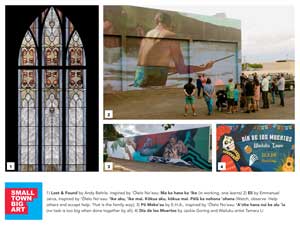





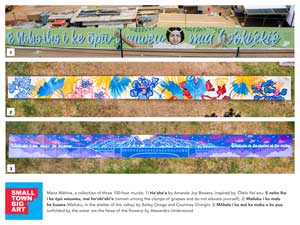
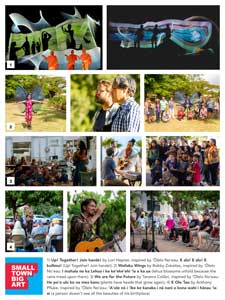


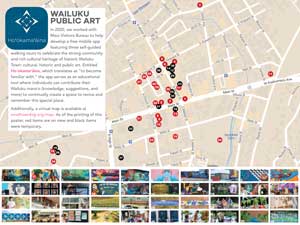
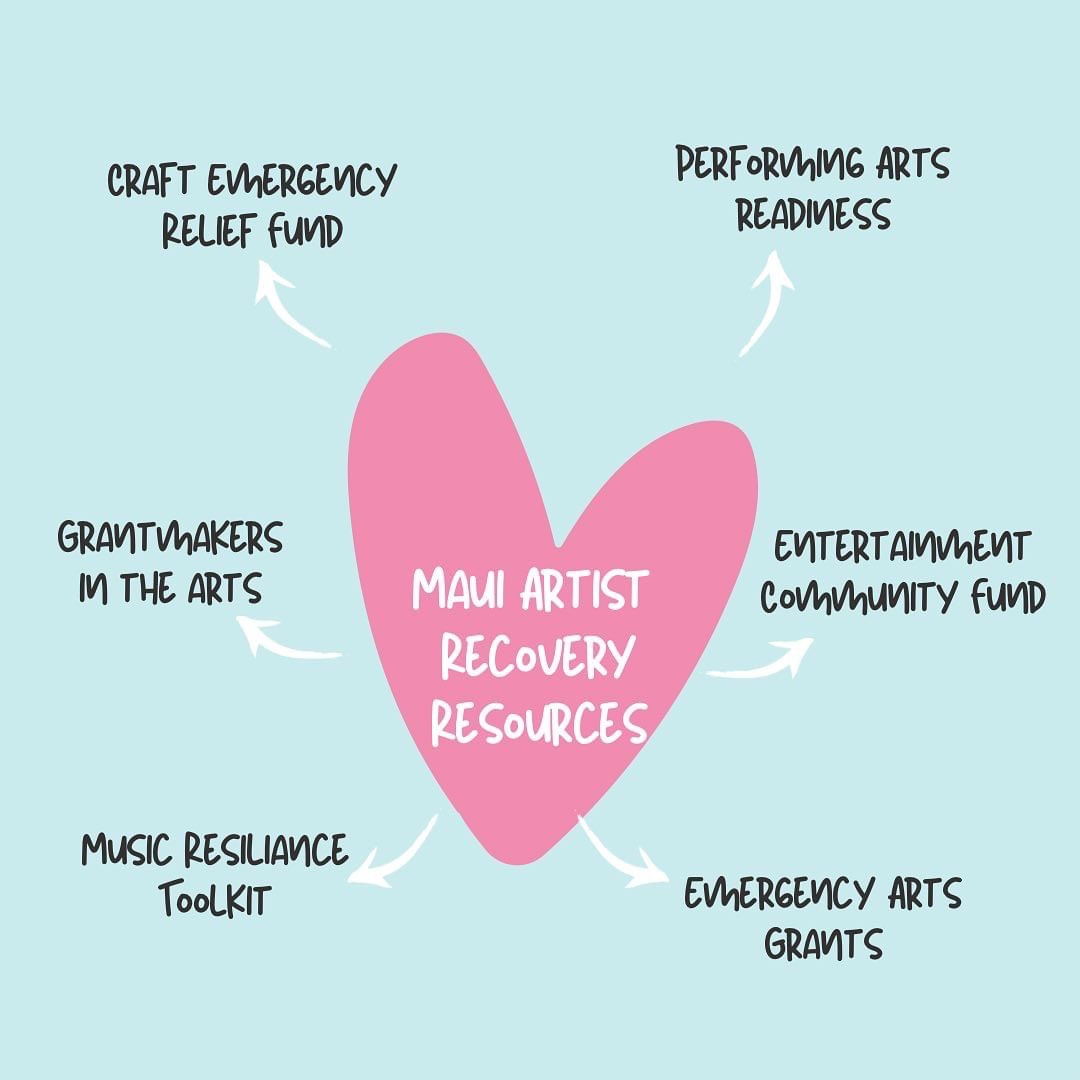


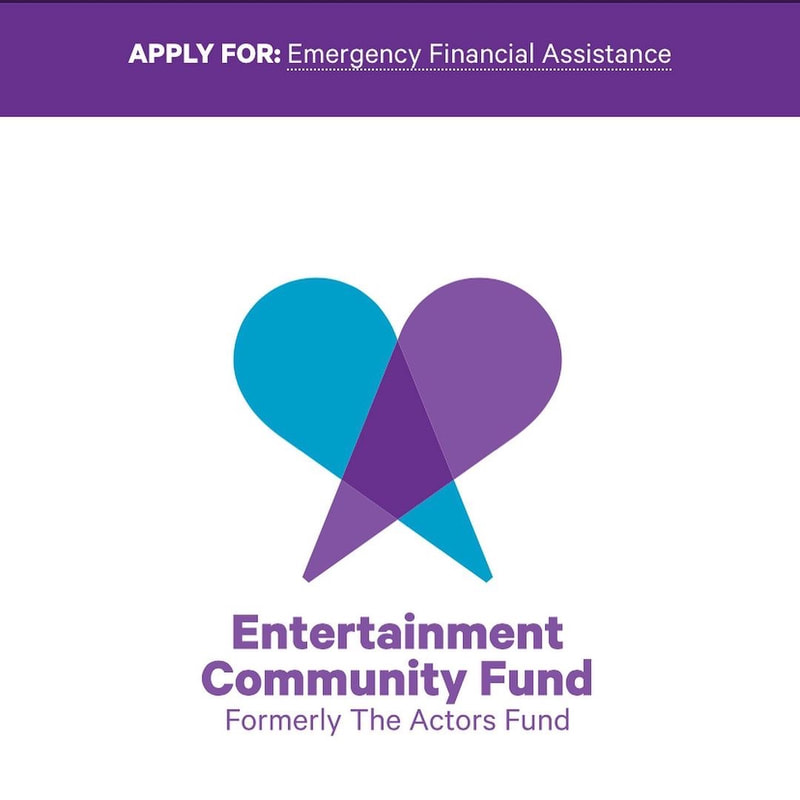



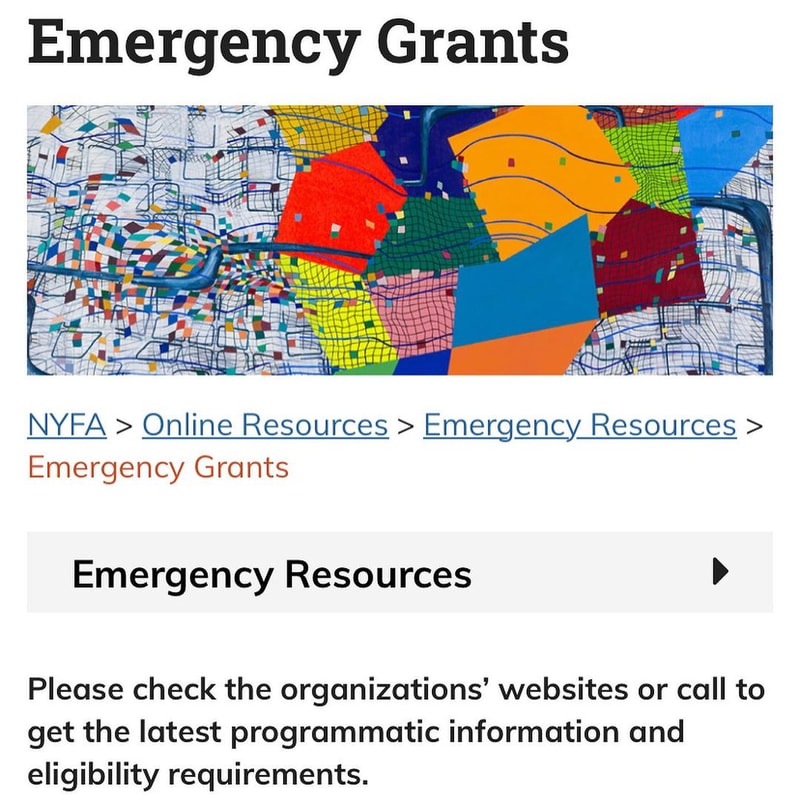
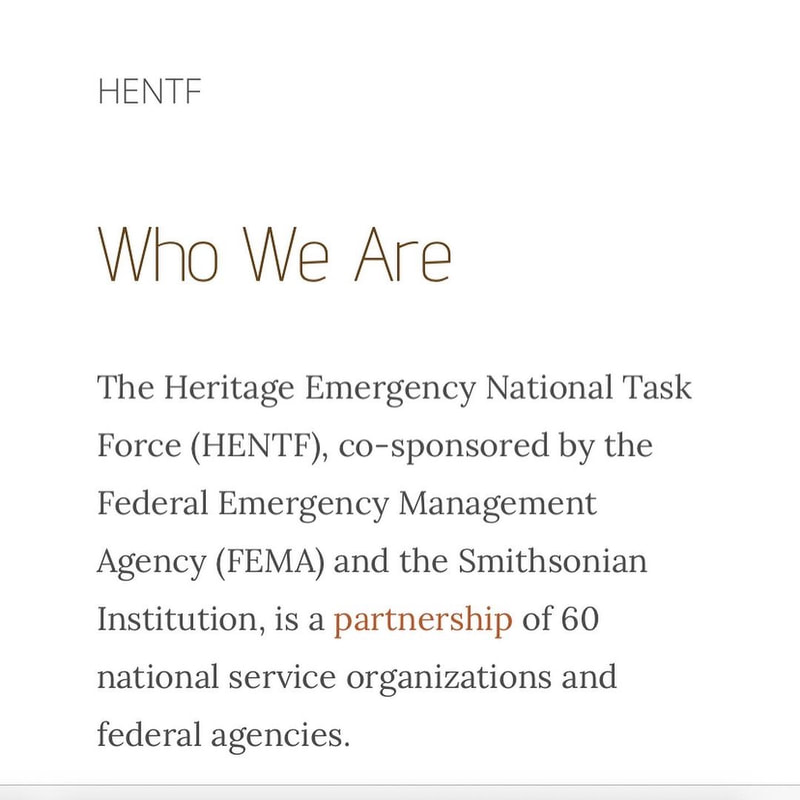
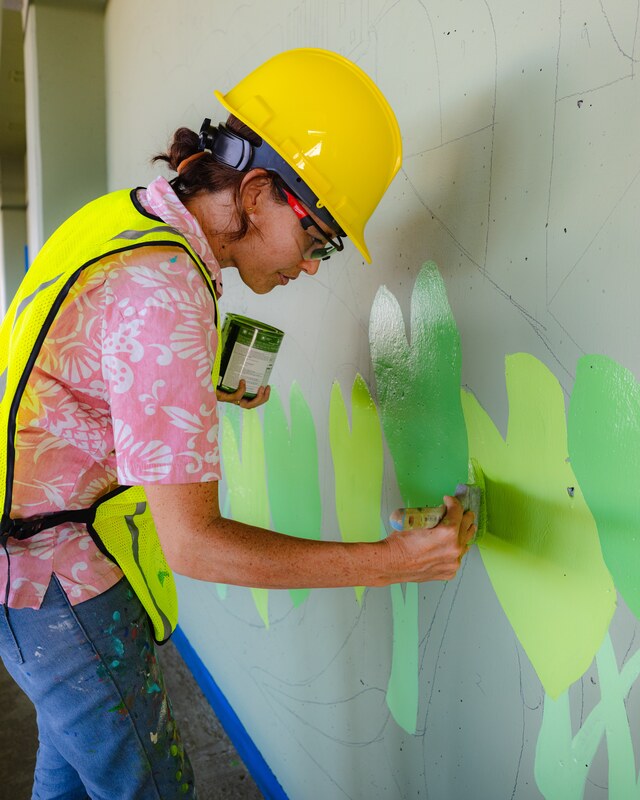
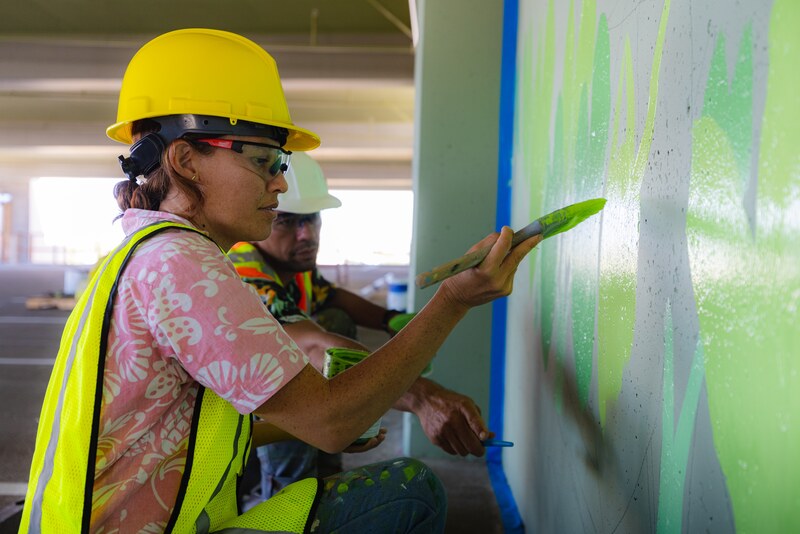

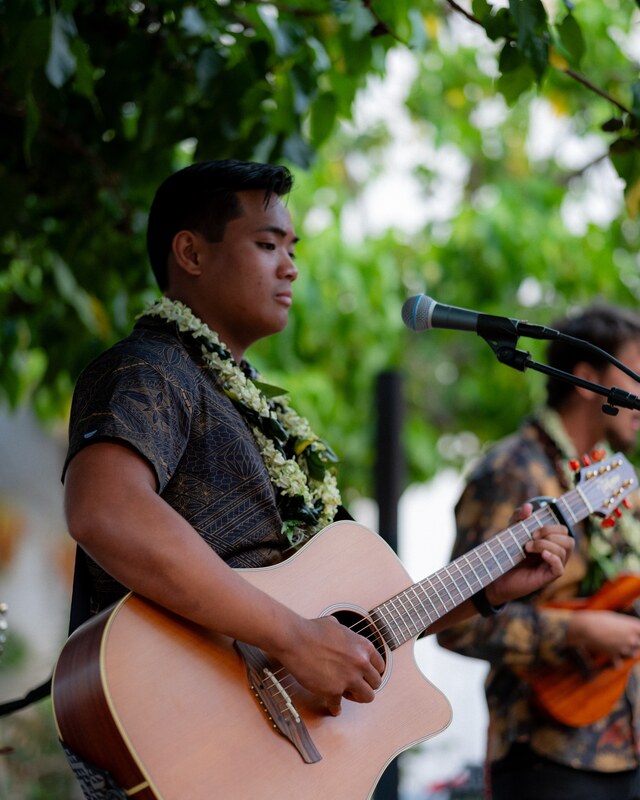
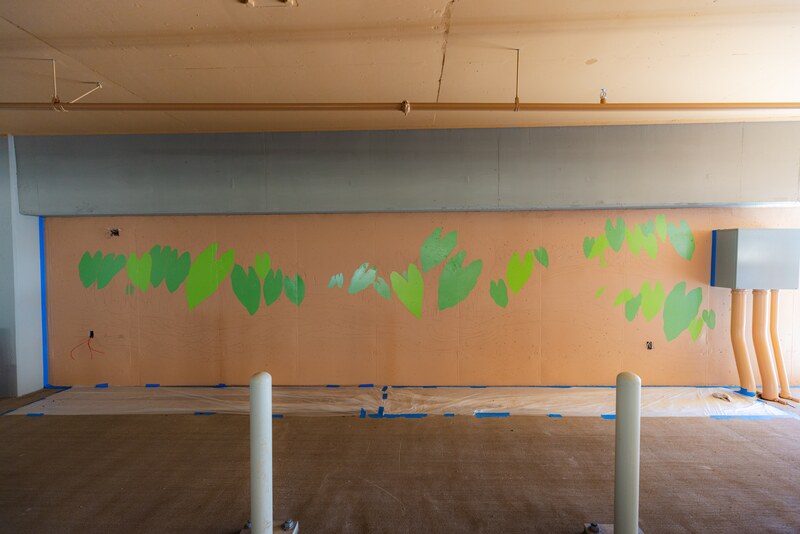
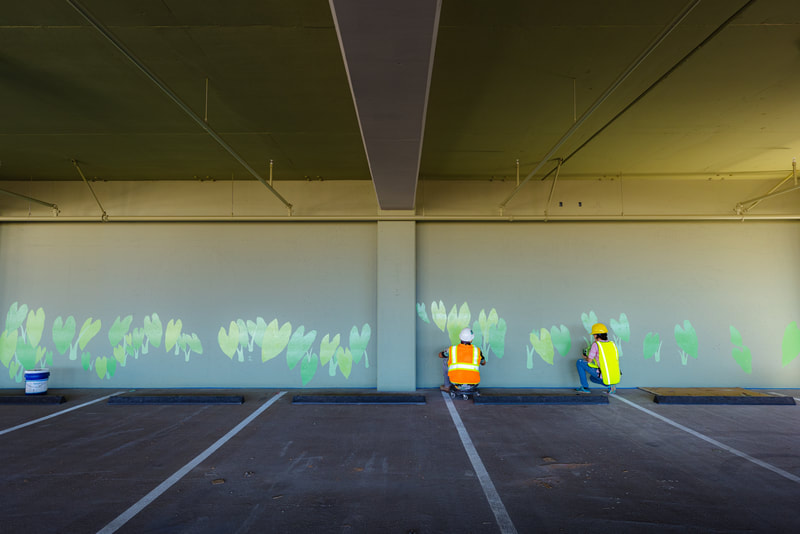


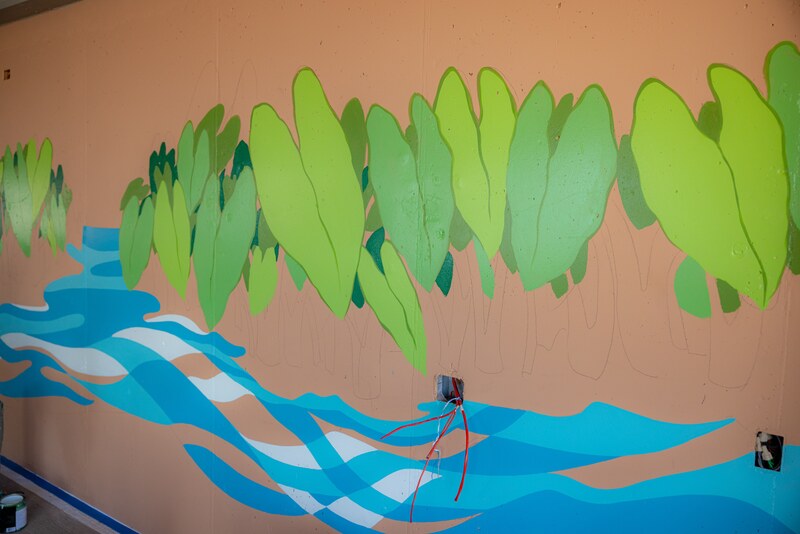

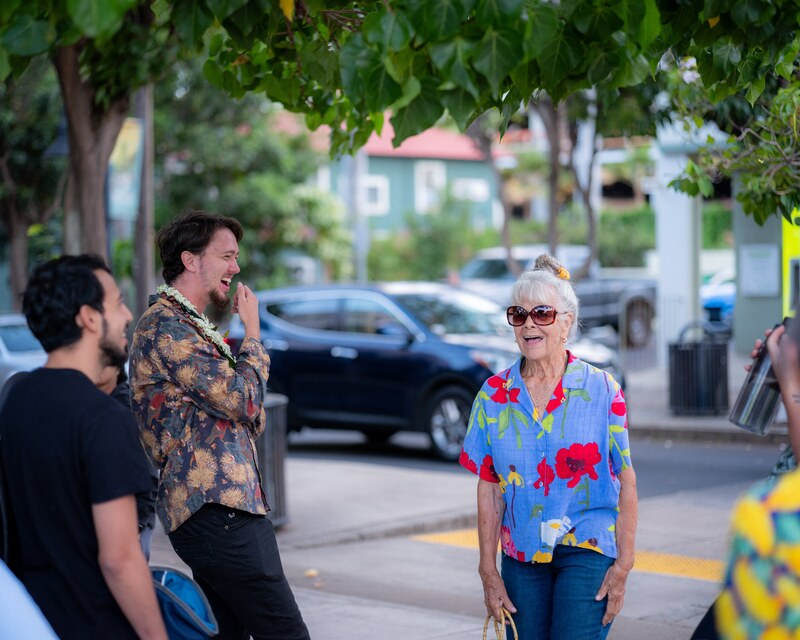

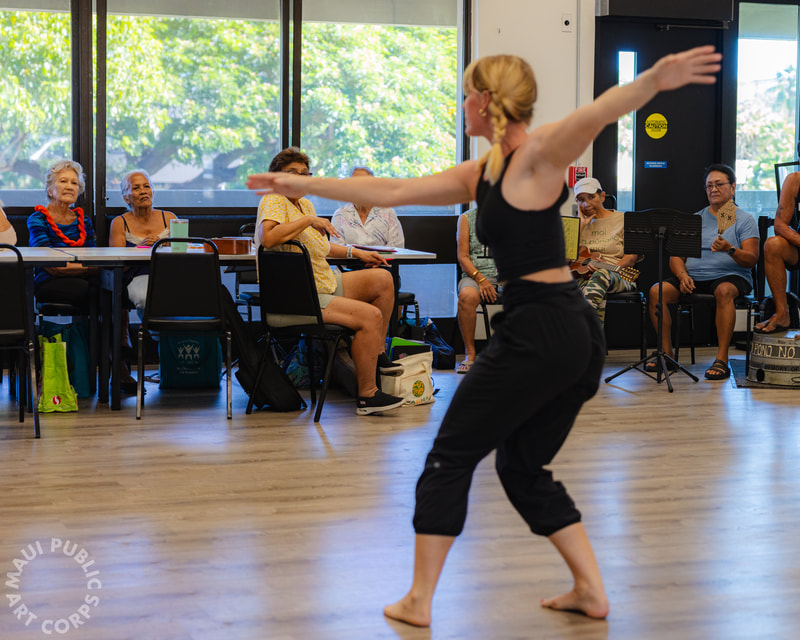
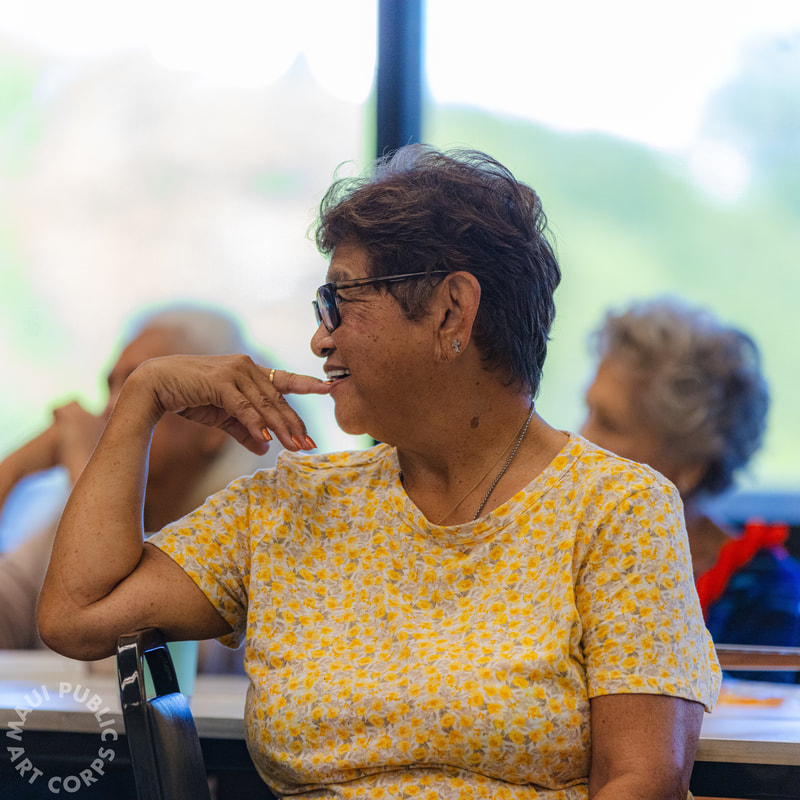
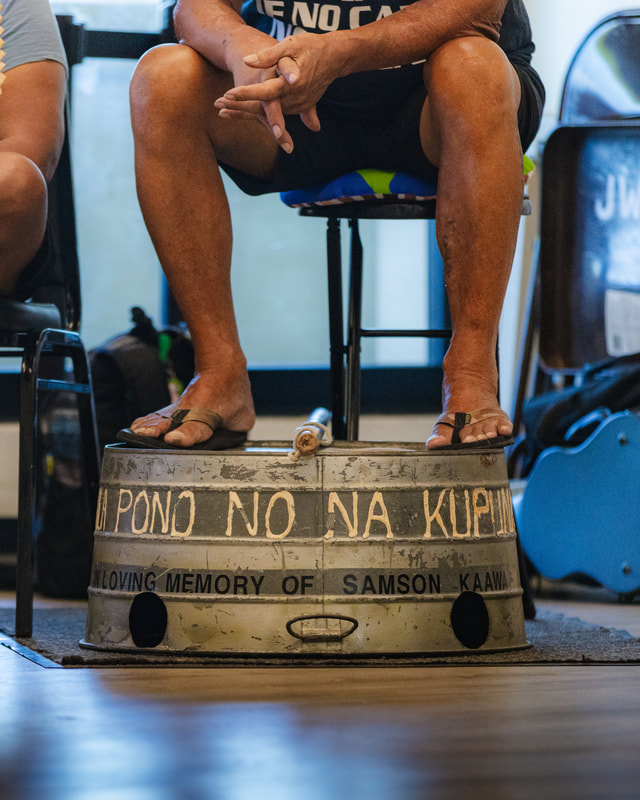



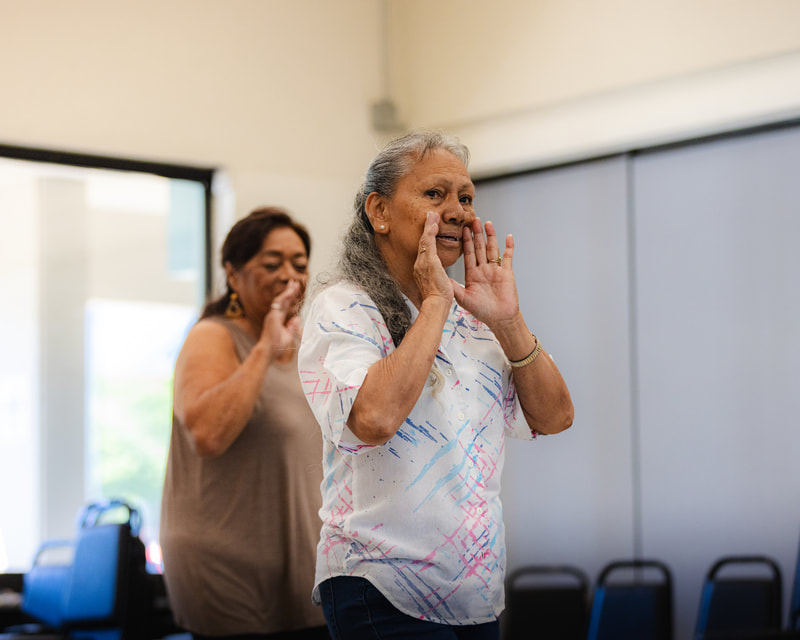



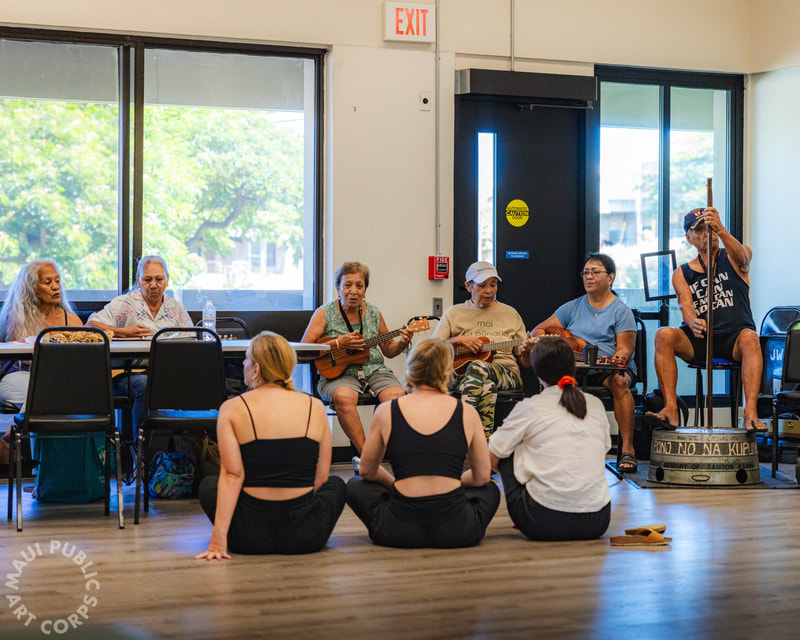
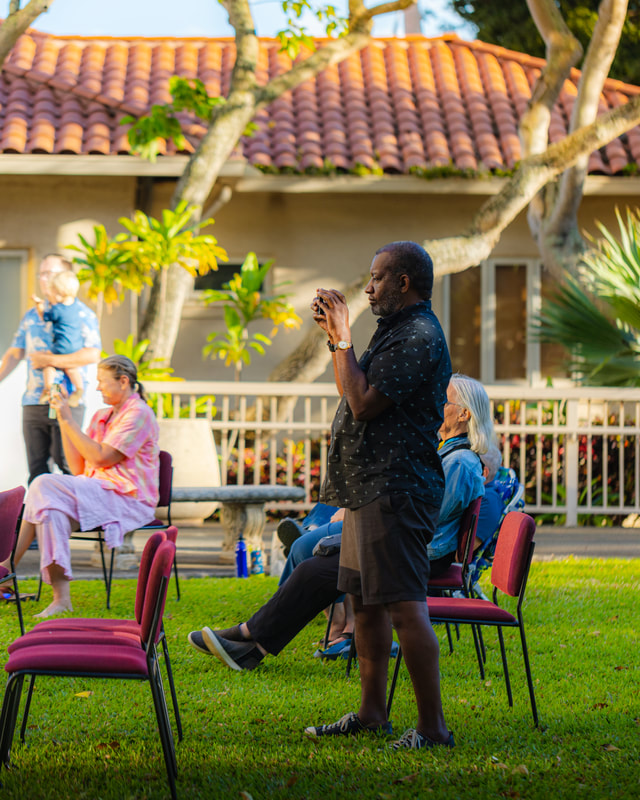
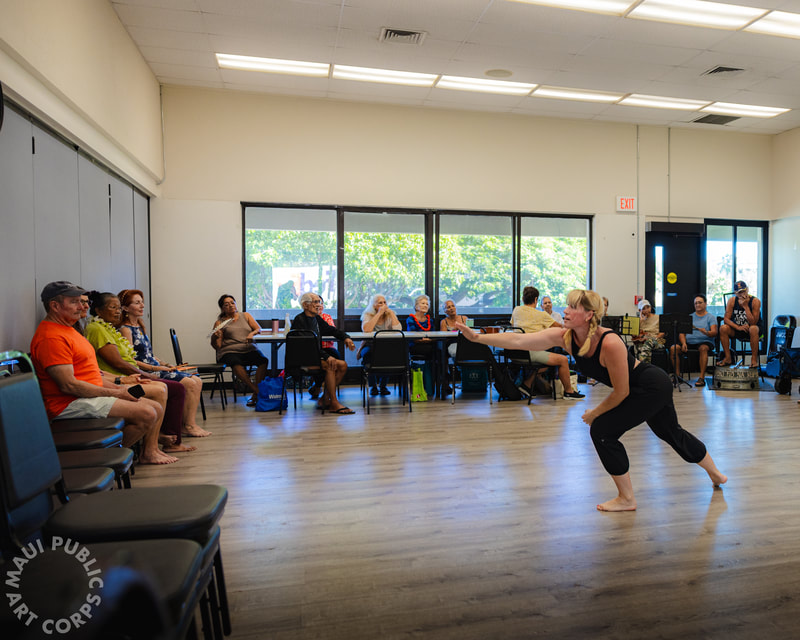



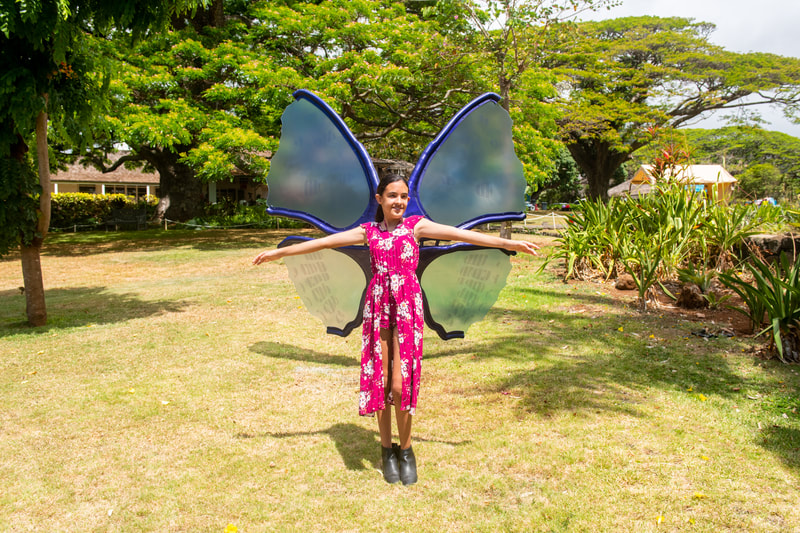
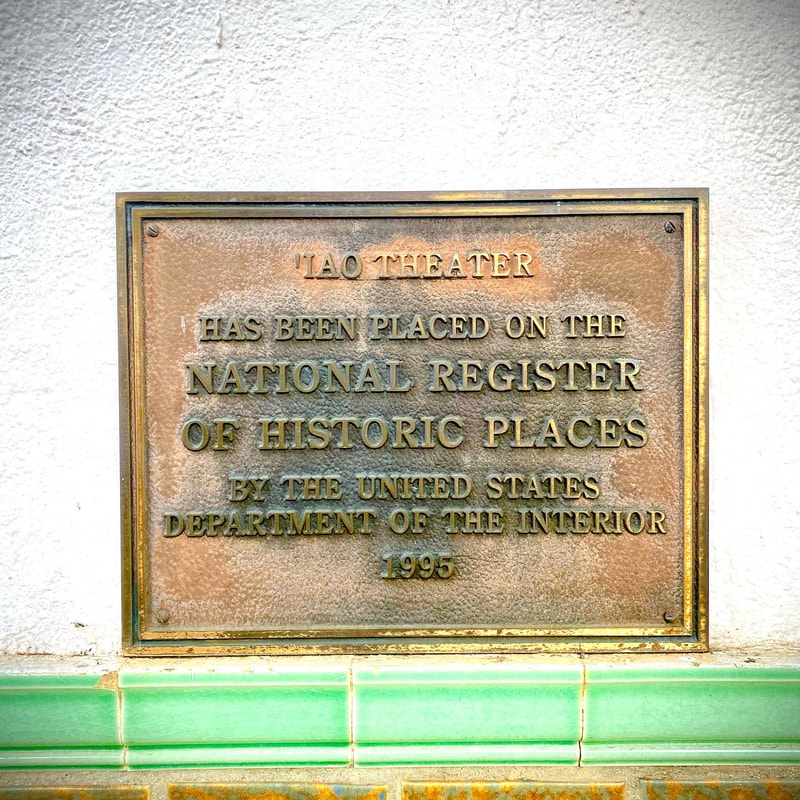




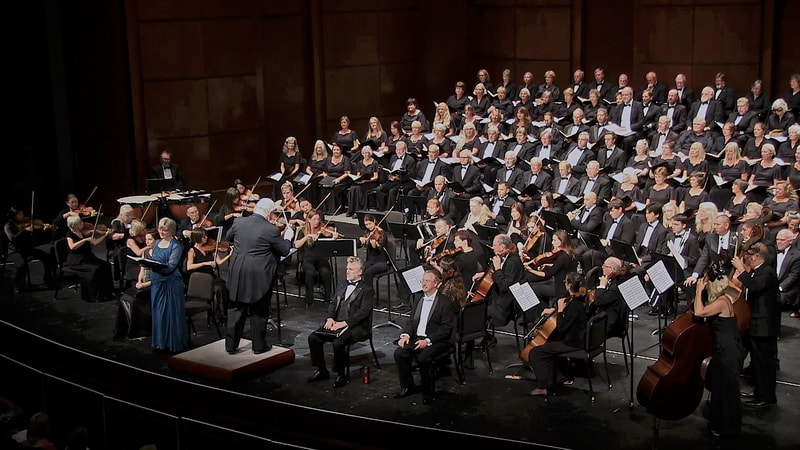


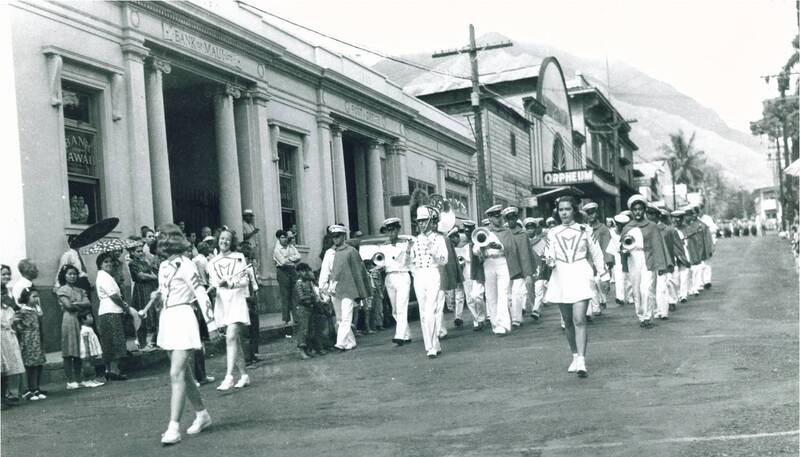
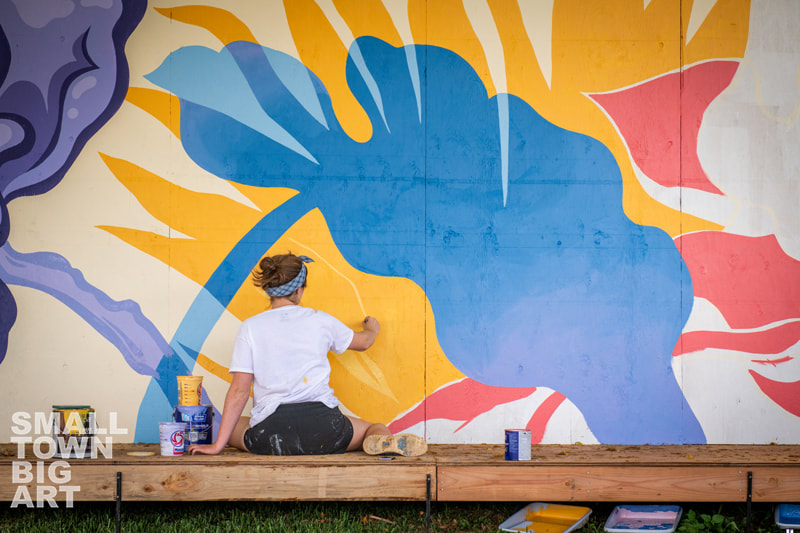




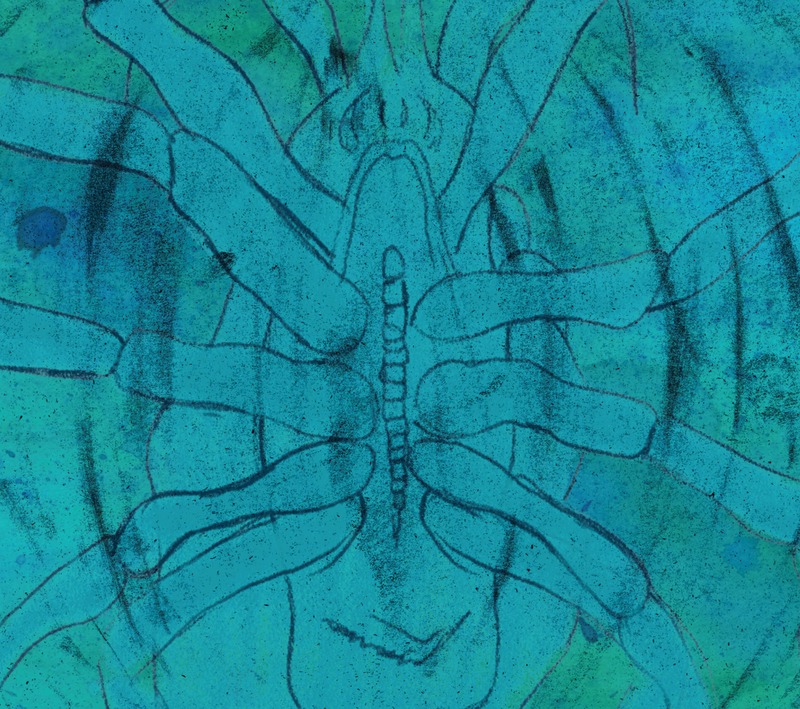





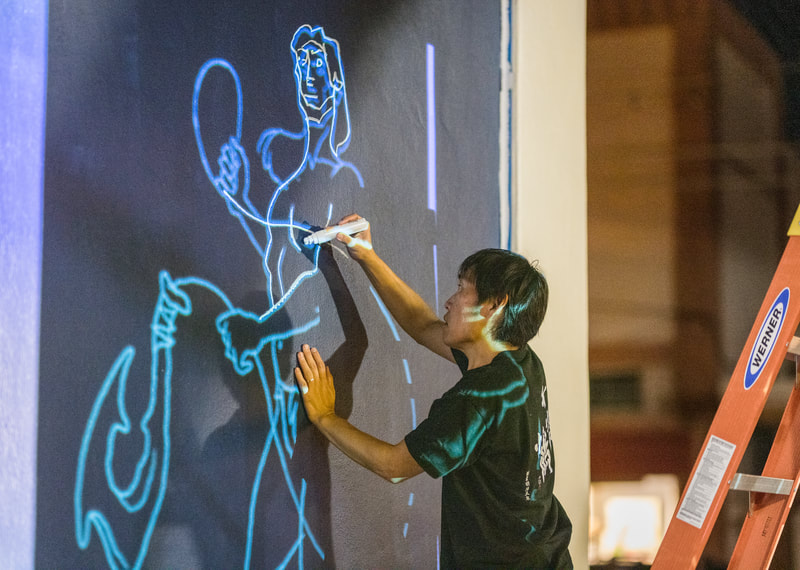
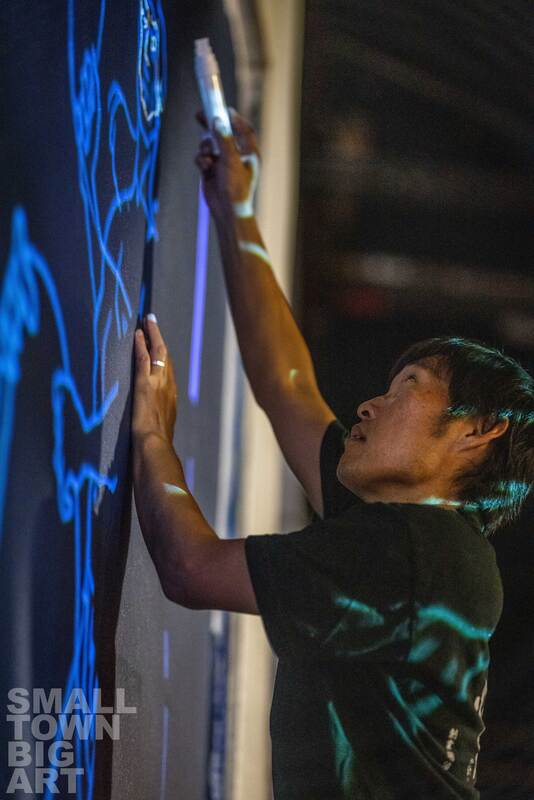
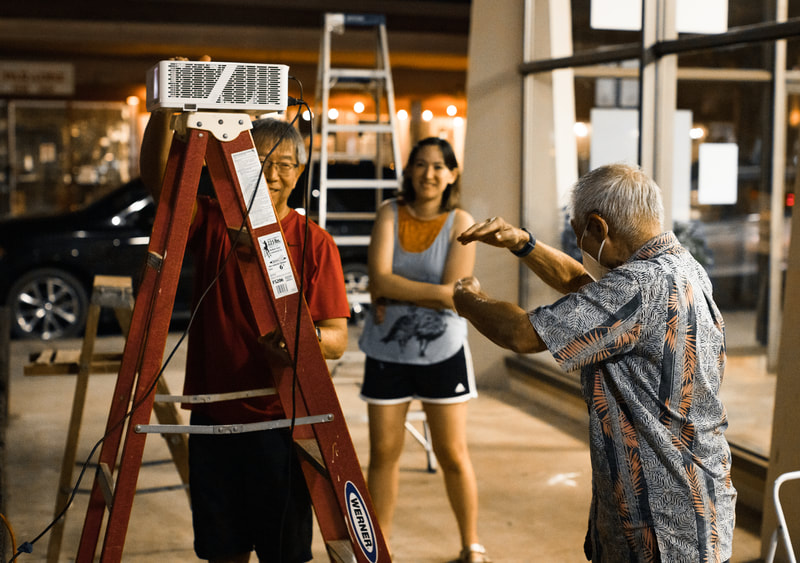


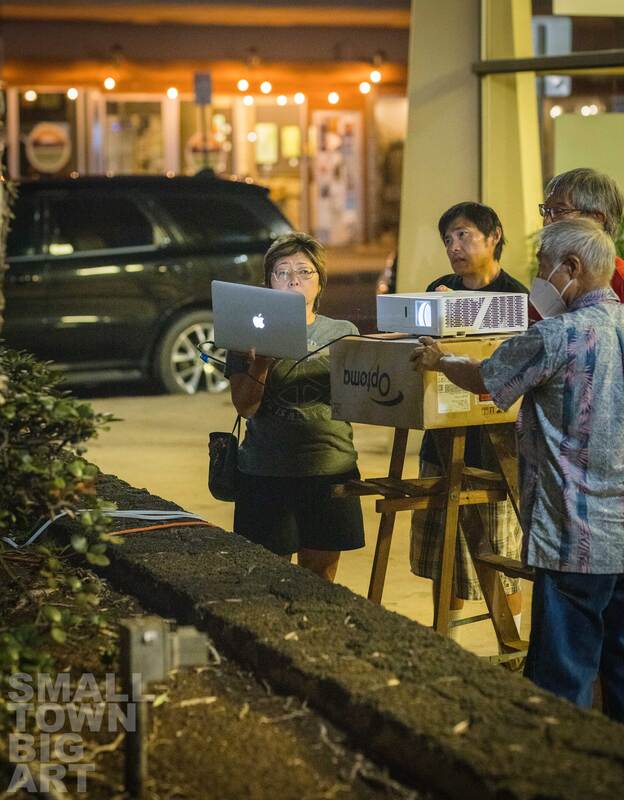

 RSS Feed
RSS Feed